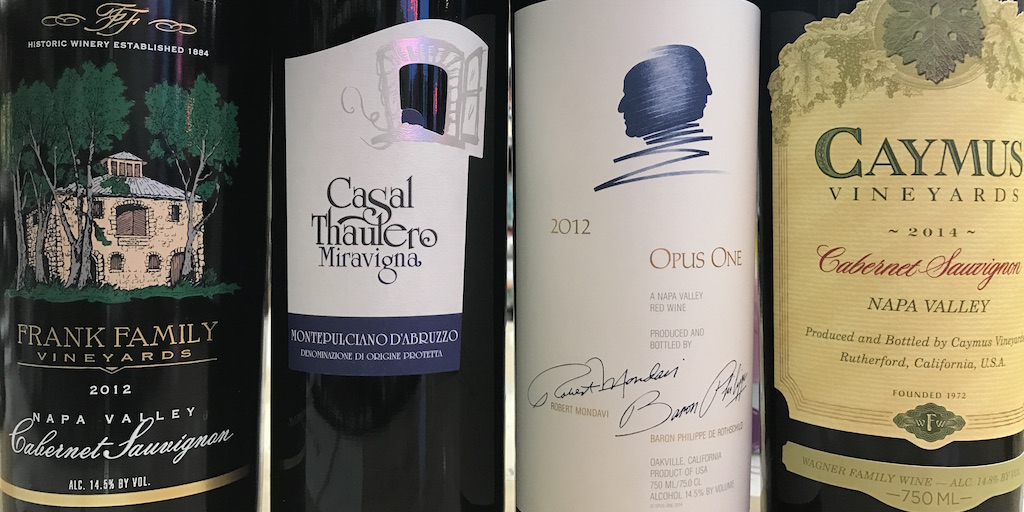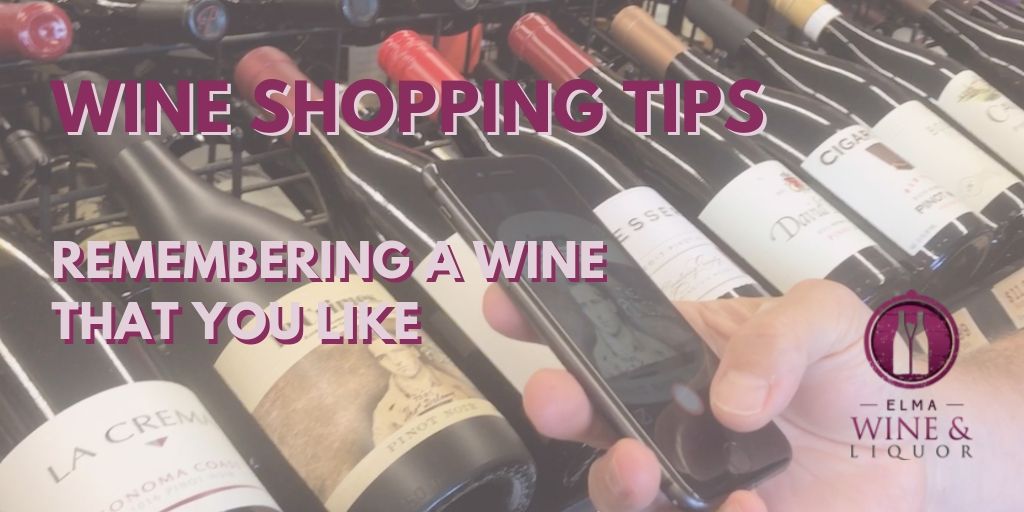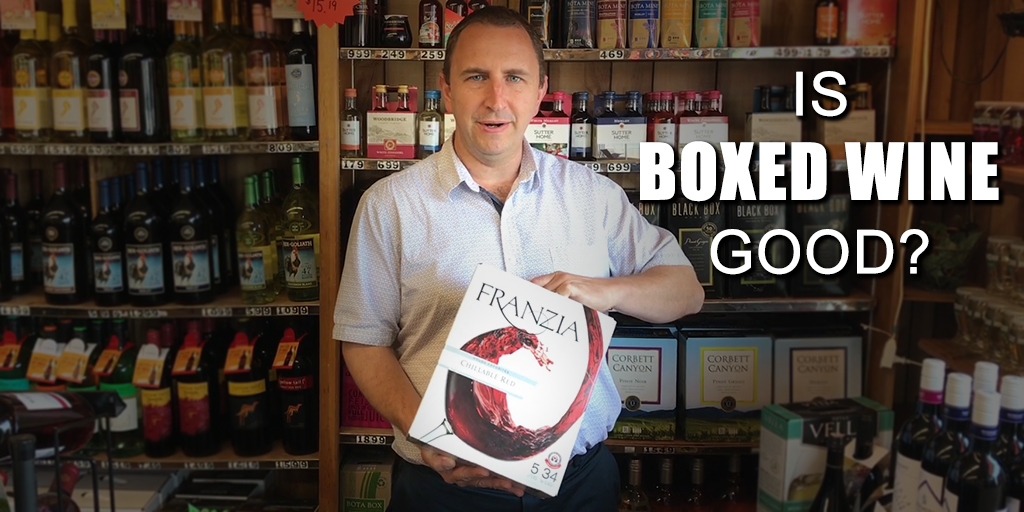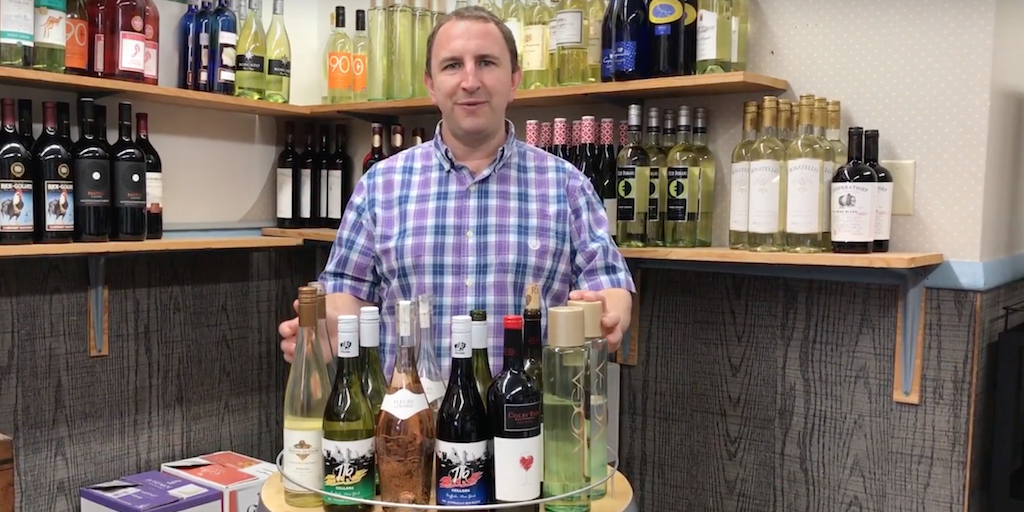What is the Difference Between Cheap and Expensive Wine?
What’s the difference between cheap and expensive wine?
We get that question quite often here at Elma Wine and Liquor.
Basically, we have wines that start as low as $5.99 a bottle, and we have wines that go up well over $100 a bottle. Sometimes customers ask, “well, what’s the difference? What am I paying for? Why shouldn’t I just get the cheapest thing I can find?”
I’d compare it to something like steak or cheese or really anything. If you’re buying the cheapest of the particular product, you might not get a true representation of that product.
If you’re new to wine, you haven’t had a lot of exposure to it, starting with something at the lowest end might not give you the true feel for what wine is and what it can be and what you might enjoy about it. So, I usually recommend starting with something a little bit more in the mid-tier. Or at least mixing in one or two in the mid-tier, to get exposure to it.
Variable Input Costs
As to why some wines are so much more expensive and some are on the cheaper end, many times it comes down to production. With the more expensive wines, they are sourcing their grapes and their juice from vineyards that charge a higher price for them. This higher price can come from a variety of factors. The land is in a more desirable area, it’s known for growing better-quality grapes, or higher yields of grapes, or due to the climate and soil conditions of that particular vineyard.
That’s one input cost that can raise the quality of wine. The second thing is the quality of the winemaker. His or her experience level, the equipment that they’re using, and the techniques that they use. This can impact what they want to charge for that wine.
You can find some cheaper wines at a good value if it is an up-and-coming winemaker or a winery. The person or winery may not have a following that allows them to charge a premium for their wine yet. The same applies for the region or area that the wine comes from – lesser known areas do not command a higher price. At the end of the day, grapes are a commodity, so they get priced accordingly; according to what people will pay for them. It’s all about supply and demand.
So, when you’re asking, what’s the difference between an expensive and a cheap bottle of wine, you need to evaluate all these different factors.
Be Open To Experimenting
If you are a casual wine drinker, and it’s something you drink only once in a while, on a special occasion, you might think you would not appreciate the difference between an expensive and a less-expensive bottle of wine. But you’ll never really know unless you give it a chance.
If you are typically drinking wines at the lower price points, the five, six, under $10 price points, you might want to step up once in a while and buy something for 15, 20, 30 dollars. Twenty Rows Napa Valley Cabernet is an example of a great-value wine that you can get for $19.99. And there are other ones that your local wine shop should be willing to help you find. With that type of exposure, you might start noticing different flavors and different complexities in the wine.
If you are typically drinking wines in the 20, 30, 40-dollar range, every once in a while you might want to buy something that’s a little bit more pricey. Again, on the recommendation of somebody in your local wine shop, or a restaurant. Some restaurants are now pouring very high end wines by the glass because of a device that allows them to keep the wine fresh.
That will be able to help steer you towards something that meets the criteria that you’re used to, and gets you exposed to something a little bit different.
Difference Between Cheap and Expensive Wine
So, when it comes down to it, the basic answer to the question, “what’s the difference between cheap and expensive wine,” is lots of things. The price of the grapes, where they’re grown, the skill level of the winemaker, the experience level of the winemaker, the brand that’s associated with the wine. All these things can play into the final cost of the wine to the consumer.
It doesn’t always make one better than the other, but typically, when you’re spending a little bit more on a bottle of wine, you will get more complexity.
Thanks very much for reading and watching, please leave your comments and questions for future episodes below.
If you missed our previous episode on the difference between Scotch, bourbon and other whiskies, you can check it out here.





